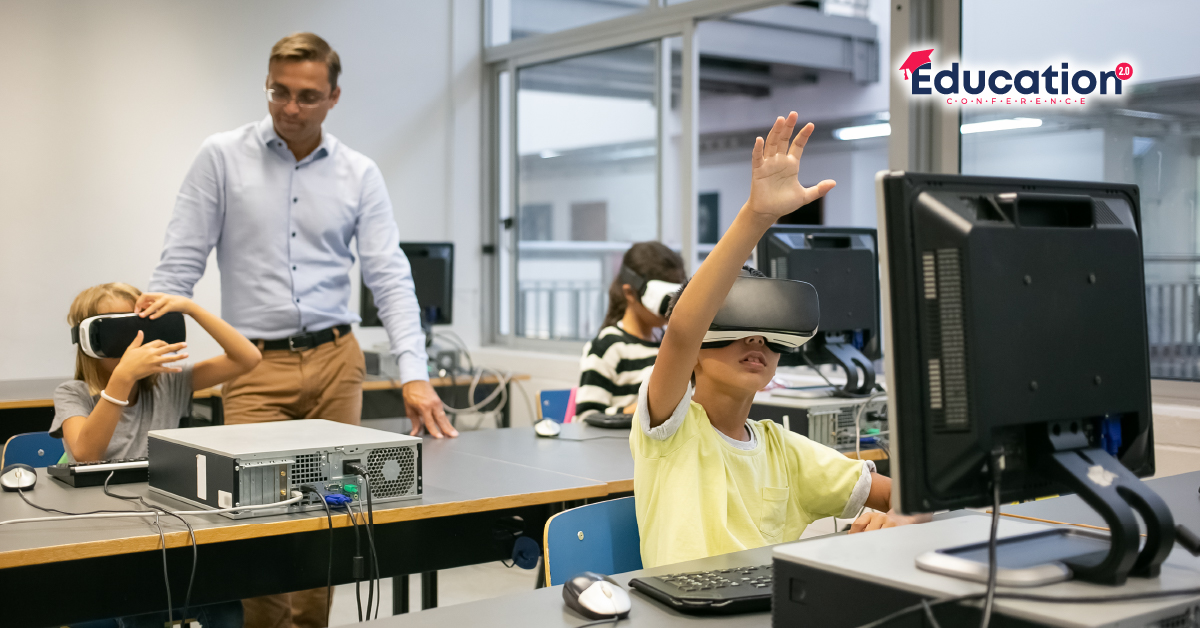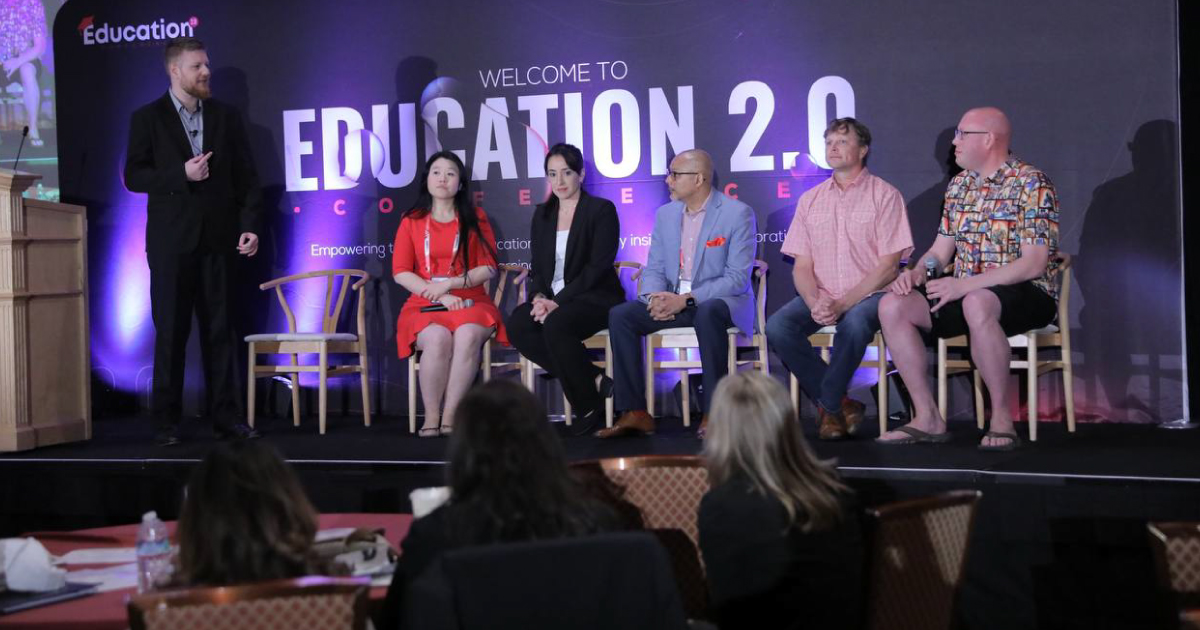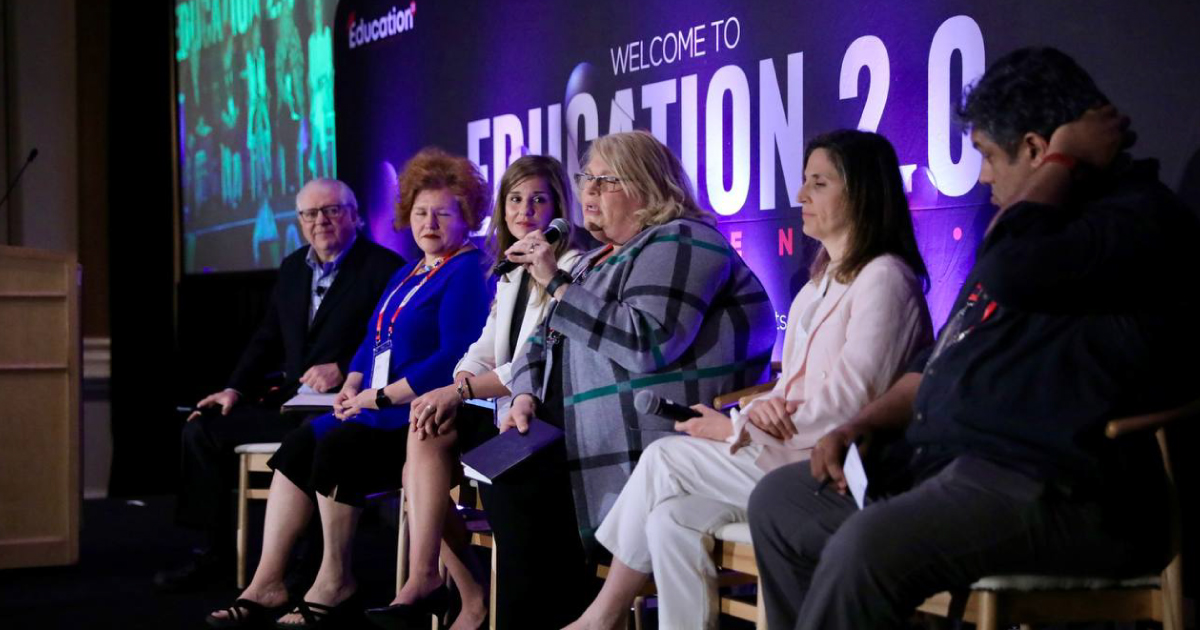As the world shifts towards technology-driven solutions, the education sector cannot expect to continue with its traditional classroom learning. EdTech is the new world of knowledge that provides engaging learning experiences to learners and empowers educators with technology to create immersive, inclusive learning experiences in their classrooms.
Many renowned educators at the Education 2.0 Conference emphasized the role of technology in bringing a revolution to the education world and providing a bigger and brighter future for learners. One such technology-driven education solution discussed at many education events in Dubai is immersive learning. Let's dive deeper into this learning and the unique experiences of the students.
Immersive Learning For The Students
Many past global education conferences highlighted the issues of student engagement and dropping interaction levels in classrooms. Keeping in mind these issues at the school, the tech industry tried to solve this concern of the educators by equipping them with tools that provide an immersive learning approach, which is based on the idea of bringing the real world into the classroom with the help of technology. Now, educators can take their students beyond the classroom without actually moving out of the class.
Types Of Immersive Learning Technology
-
Augmented Reality (AR)
With AR, students can experience virtual objects in the real world and involve themselves in the learning process. It eases abstract learning and provides hands-on experiences in a risk-free environment. Educators can help students learn complex topics with the help of AR, which makes it both exciting and engaging for the students. It is a boon to the students and teachers as there is a boost in the teaching and learning process.
-
Virtual Reality (VR)
Virtual reality gives an advantage to the teachers to let their students experience what they are learning from them. It's no more just a set of instructions and imagination, and students get to gain a real-life experience about the topics that are going on in the classroom, whether it's about the moon's surface, a museum visit, or the human brain. Many education conferences have discussed the boost in the student's engagement and understanding of the application of VR in the classroom.
-
Mixed Reality (MR)
Also known as hybrid reality, it combines the benefits of both augmented and virtual reality, placing virtual objects in a real-world background and making virtual interactions appear natural. With mixed reality, students can experience real and virtual environments simultaneously.
-
360-Degree Videos
With 360˚ videos, teachers can transport their students to places that would otherwise be impossible to visit. It is a powerful way for teachers to augment their lessons and create engagement in the class. Also, this helps students connect with their learning as they can experience visual examples and explanations of their subjects.
Final Thoughts
Educators believe that immersive learning helps learners to develop a deeper interest in the subjects discussed in the classroom. Many education thought leaders at an education summit, Education 2.0 Conference, shared that students are experiencing technology everywhere in the world, so why would they prefer something exclusive to the latest tools? With technology in the education sector, educators feel they can teach more productively and efficiently, which will ultimately play a huge role in boosting student outcomes and engagement levels.













